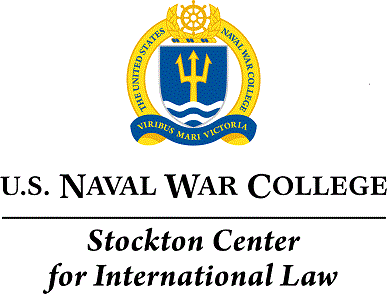
Abstract
Every U.S. administration from Truman to Kennedy recognized Japanese residual sovereignty over the Senkaku Islands. U.S. policy changed, however, to one of neutrality under the Nixon administration during the negotiations of the Okinawa Reversion Treaty. The change in policy was not based on a belief that Japan did not retain sovereignty over the islands, but rather was done to appease the Republic of China over its impending expulsion from the United Nations and to break an impasse of the ongoing textile negotiations with Taipei. The administration’s overtures to China, culminating in Nixon’s visit to China contributed to the decision. Since 1972, the U.S. has recognized Japan’s administrative control over the Senkakus but has not taken a position on the competing sovereignty claims. In June 2020, the City Council of Okinawa changed the name of the Senkakus to strengthen Japanese control and demonstrate that the islands are Japanese territory. This action by the City Council provides the Biden administration the opportunity to acknowledge the name change and recognize Japanese sovereignty over the Senkakus. China is the greatest threat to U.S. and Asian security, and support for Japan as a front-line state balancing China’s burgeoning military power is long overdue. Recognizing the islands as Japanese territory will strengthen the U.S.-Japan alliance and enhance regional strategic security and stability.
html
